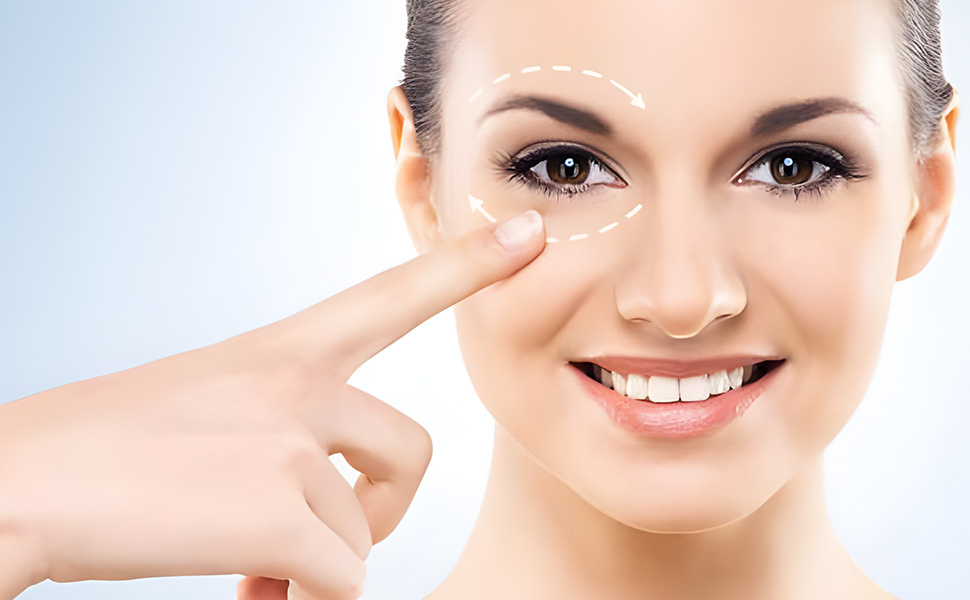
Children's eye examinationis different from that of adults because children's cooperation levels, understanding abilities and expression styles differ from adults. child eye examination Basic information on how to do it:
- History Taking: The first step in the examination is to listen to the child's and family's eye complaints. This includes considering family history, birth history, developmental stages, and previous health problems.
- Visual Acuity Test: This test is used to determine how clearly a child sees. Pictures are used for younger children, and letter charts are used for older children.
- Refraction (Visual Impairment) Test: This test is performed to determine a child's need for glasses. Eye drops can be used to temporarily stop the eye from focusing, allowing the correct prescription to be determined.
- Eye Movements and Ophthalmoscopy Examination: Eye movements are checked for normality. The retina, optic nerve, and blood vessels are examined in detail with an ophthalmoscope.
- Strabismus Examination: If strabismus is suspected, the type and degree of strabismus is determined. The child is tested for strabismus using different glasses.
- Color Vision Test: It is done to determine whether children are color blind, especially before they start school.
- Tear Duct Examination: It is performed to diagnose problems such as tear duct obstruction.
- Biomicroscopy Examination: It is performed for detailed examination of the front of the eye, cornea, tear film, conjunctiva and lens.
- Eye Pressure Measurement: Although rare in children, eye pressure is often checked for high levels. Local anesthesia is usually administered with eye drops for this measurement.
- Dilatation: In some cases, the pupil may need to be dilated for more detailed examination of the retina and optic nerve. Dilating drops are used for this purpose.
Eye examination in children It's important to be patient and understanding during the examination. The examination may vary depending on the child's level of cooperation. If necessary, different stages of the examination can be performed on different days.

We all know that our children are our most precious possessions. Closely monitoring their physical and mental development is crucial to providing them with a healthy life. One of the most critical elements of this development is eye health. So, children's eye examination Why is this so important?
Early Diagnosis Saves Lives!
Childhood eye problems are more likely to be treated when diagnosed at an early age. Early detection of vision problems, such as astigmatism, myopia, and hyperopia, minimizes the challenges a child may face in their education.
Eye Health is Linked to Overall Health
Eye examination in children During an eye exam, not only eye problems but also general health issues can be detected. Problems like diabetes or high blood pressure can be detected by certain changes in the eye.
A Critical Step for Your Child's Academic Success
Vision problems can lead to learning difficulties at school. Problems like not being able to see the board properly or having difficulty reading books can negatively impact your child's education.
- The first examination should be done at 1 month and then when the baby is 6 months old.
- The second examination should be repeated around age 3.
- Another check should be done in the preschool period, at the age of 5-6.
As a result, in order not to neglect your child's eye health, you should check them regularly. eye examination It is extremely critical to have your eyes checked. Remember, healthy eyes are the key to a bright future!







